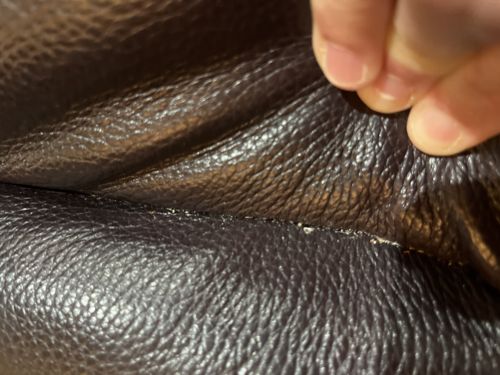Dust Mite
Scientific Name: Dermatophagoides pteronyssinus (European house dust mite) or Dermatophagoides farinae (American house dust mite)
Order & Family: Order: Sarcoptiformes, Family: Pyroglyphidae (specifically Dermatophagoides spp. are the most common house dust mites)
Size: Approximately 0.2-0.3 mm (microscopic)

Natural Habitat
Commonly found in homes, particularly in bedding, upholstered furniture, carpets, curtains, and stuffed toys, where they can feed on shed skin cells and find ideal humidity levels.
Diet & Feeding
Primarily feed on dead human and animal skin flakes (dander) and other organic debris found in household dust.
Behavior Patterns
Dust mites thrive in warm, humid environments. They are microscopic and cannot be seen by the naked eye. They are most active during the night and feed on dead skin cells. They do not burrow into skin or bite, but rather their waste products and decaying bodies are the primary cause of allergic reactions.
Risks & Benefits
Potential risks include triggering allergic reactions in sensitive individuals, leading to symptoms such as asthma, eczema, rhinitis, and conjunctivitis. There are no known benefits to humans or the ecosystem, as they are primarily considered a household nuisance for allergy sufferers.
Identified on: 8/11/2025